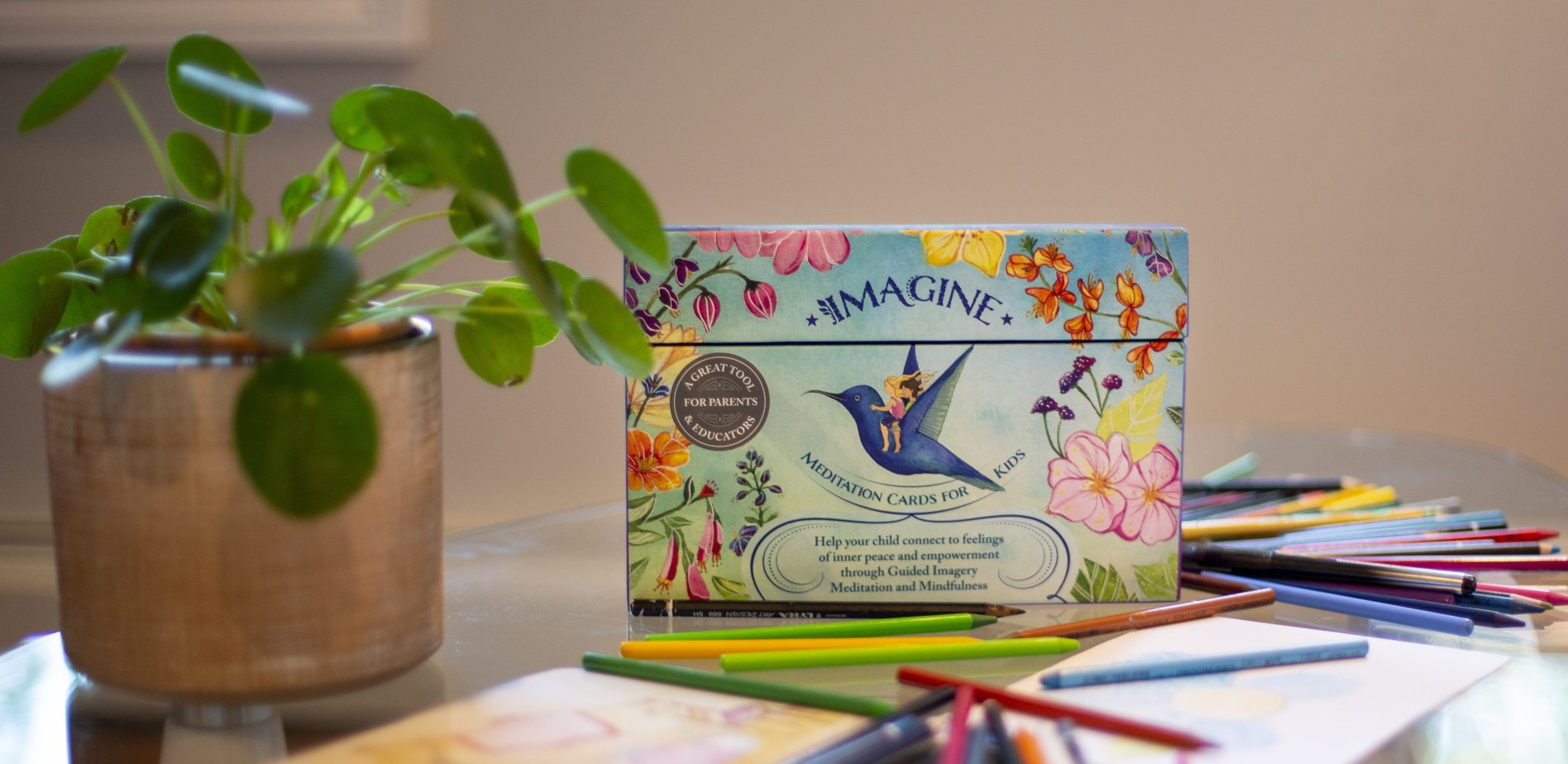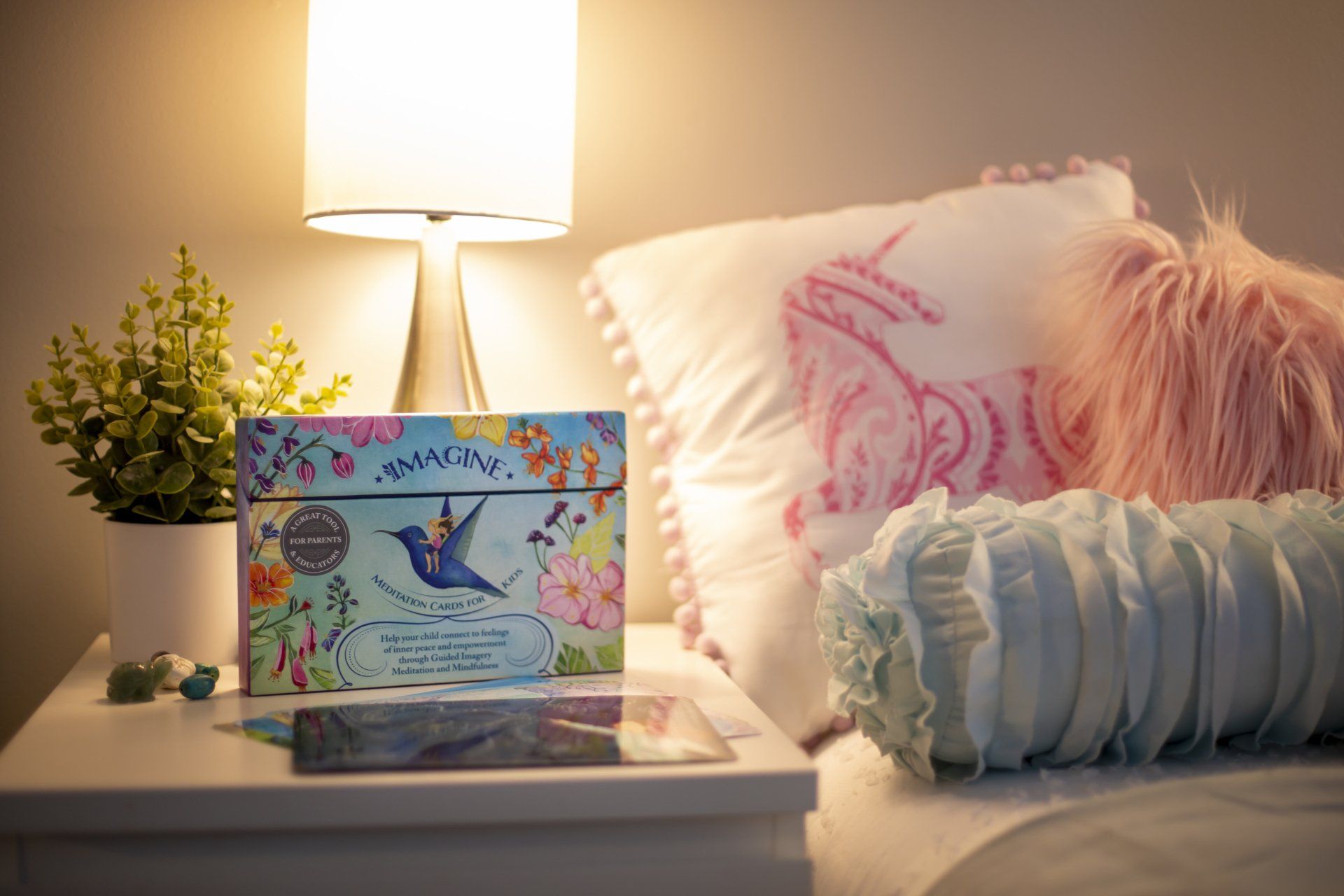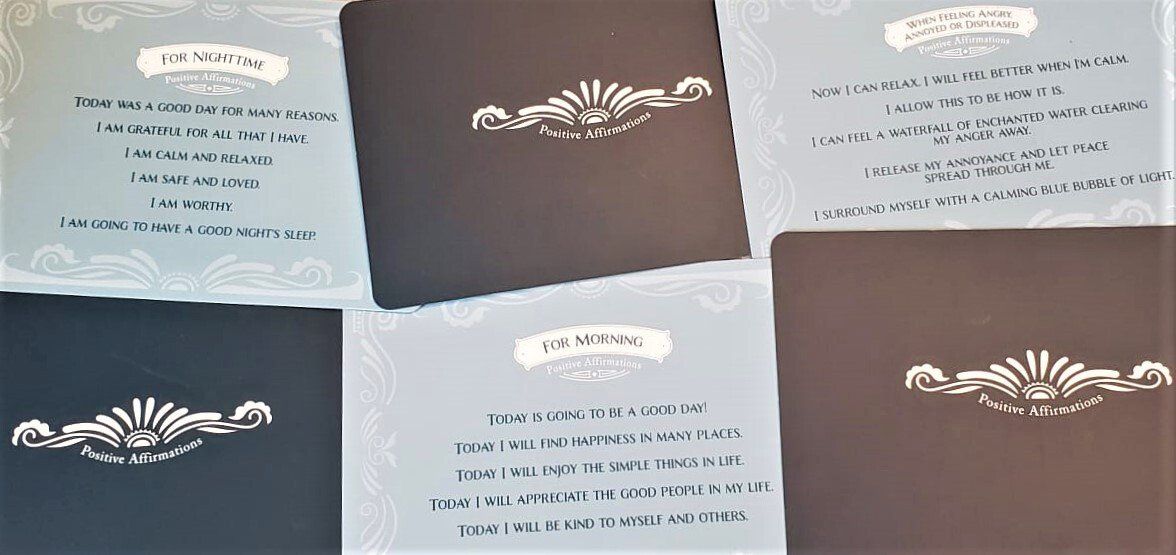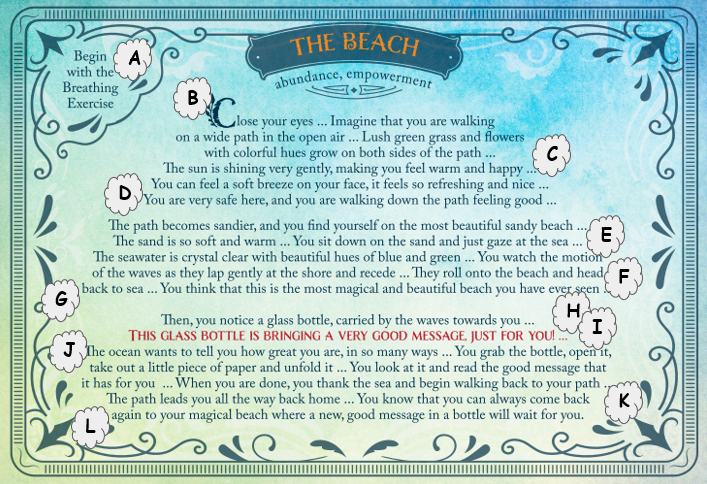‘The Sand Is So Soft and Warm…’: A Few Notes Explaining a Guided Imagery Meditation Text
I wrote “The Beach” meditation script a while ago for my daughter’s 4th grade class.
Alma was sharing that her mom had a kids’ meditation club, and her teacher gladly followed up, asking if I could come in for a meditation session. We scheduled for a few days later.
When the day arrived, I showed up at school carrying a big bag filled with meditation bells, a speaker and calm music, a diffuser with the finest lavender essential oil, and my brand-new meditation script.
In class there were 23 young children sitting on the rug, wondering what this experience was going to be like.
To start the meeting off, I asked the kids if they were familiar with meditation. They all had some acquaintance with it, but they were still not sure where this was going.
After offering a few words about the practice of meditation, the different ways to meditate, and the purpose of diffusers and meditation bells – and after some sharing by the curious youngsters – I turned on a bit of soft music and together we prepared for our guided imagery meditation.
We started with a few nice deep breaths. Then the kids closed their eyes and listened to my script as I slowly read it to them.
Within just a few minutes, all 23 kids were fully engaged with their inner worlds, visualizing the scene from the script and imagining themselves as part of it.
“The Beach” is a wonderful meditation about strolling along a beautiful beach and spotting a glass bottle making its way towards you. Inside, it carries a very good message that is intended just for you.
Here is the full script, including a few highlights I’d like to share about the underlying messages in it:
A. “Begin with the Breathing Exercise” – We always want to begin any meditation with a few deep breaths. It’s so easy to do, and it’s instantly rewarding. Slow, deep breaths send an immediate message to our body that everything is okay right now.
B. “Close your eyes” – By closing our eyes when we meditate (it’s great for more than just sleeping), we set our intention to focus on our own inner world. Obviously this also helps to reduce any unwanted distractions.
C. “Colorful hues grow on both sides” – Descriptions of the colors and things you can see or the warm sunlight and soft breeze you can feel – these details engage our senses in the imaginary picture and make it more vivid and clear in our mind.
D. “You are very safe” – This statement helps avoid any negative thoughts that may come up. It reminds us that in our imagination we can create a 100% positive reality and feel safe doing so.
E. “Gaze at the sea” – To gaze in this context is to look steadily and intently, as with great pleasure or wonder. The message here relates to focusing on one thing and enjoying it, without any outside interruptions.
F. “You watch the motion of the waves” – Visualizing a continuous back and forth motion can have a relaxing effect. This is especially true when the repetitive motion is part of nature. As such, imagining the calm rolling of the waves onto shore and back tends to be very soothing.
G. “You think that…” – Guided imagery meditation asks us to engage our thoughts, rather than requesting that we set them aside like in a silent meditation. The idea here is that instead of trying not to think, we actually do think – but only thoughts that are very positive, relaxing and empowering.
H. “A very good message” – Suggesting the idea of “a very good message” is all about positivity and optimism. Good messages are coming our way, and all we need to do is notice them.
I. “Just for you” – This statement turns the good message into a very personal thing that’s tailor-made by each kid to meet his or her own needs.
J. “The ocean wants to tell you how great you are” – Kids live in a very critical world – one in which they are not always very easy on each other. They’re also required to meet seemingly endless standards set by parents, other family members, teachers, coaches, and so on. This affirmation is a good way to counter feelings of “not good enough”. The more they hear that they are great (just the way they are), the more they will believe in it and live up to it.
K. “Walking back to your path” – The path creates a connection between home and our imaginary meditation place (the beach in this text). This metaphorical path is always there, allowing us to walk both ways, towards our meditation and back.
L. “You can always come back again” – This statement encourages kids to revisit the positive space that they’ve just created and to make meditation a recurring event.
…So, going back to that 4th grade classroom –
the kids (and the teachers!) had a wonderful time visualizing themselves at the beach with that glass bottle making its way towards them.
And it was nothing less than amazing to hear how many different good messages they received during those few minutes of peace and quiet sitting on the rug.
Recognizing that I’m a little biased on the subject, I would definitely recommend giving it a try. ; )
Who knows what encouraging message might come your way!
The Imagine Blog




